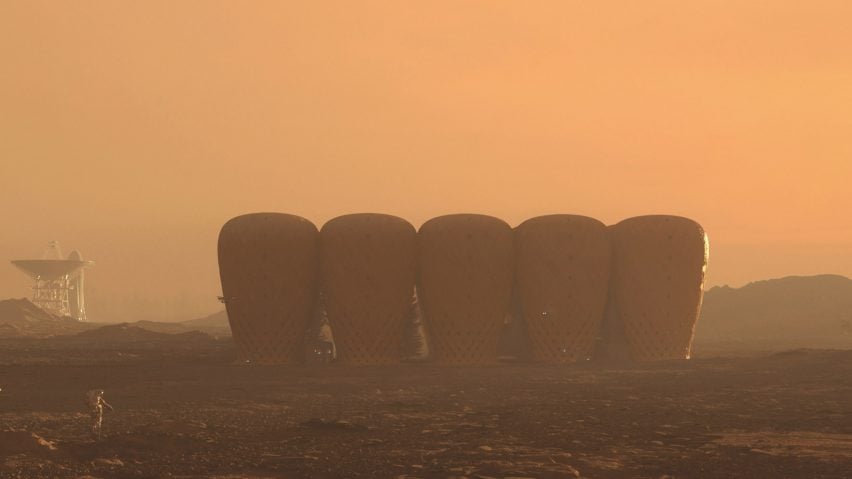
Malaysian designers propose building colony on Mars from locally grown bamboo
Warith Zaki and Amir Amzar have envisioned using bamboo grown and harvested on Mars to build the first colony on the red planet.
Named Seed of Life, the conceptual colony design comprises a series of structures woven from bamboo by autonomous robots.
Malaysian designers Zaki and Amzar designed the proposal to demonstrate that there may be alternative ways of building on Mars that do not rely on shipping material from earth or 3D printing.
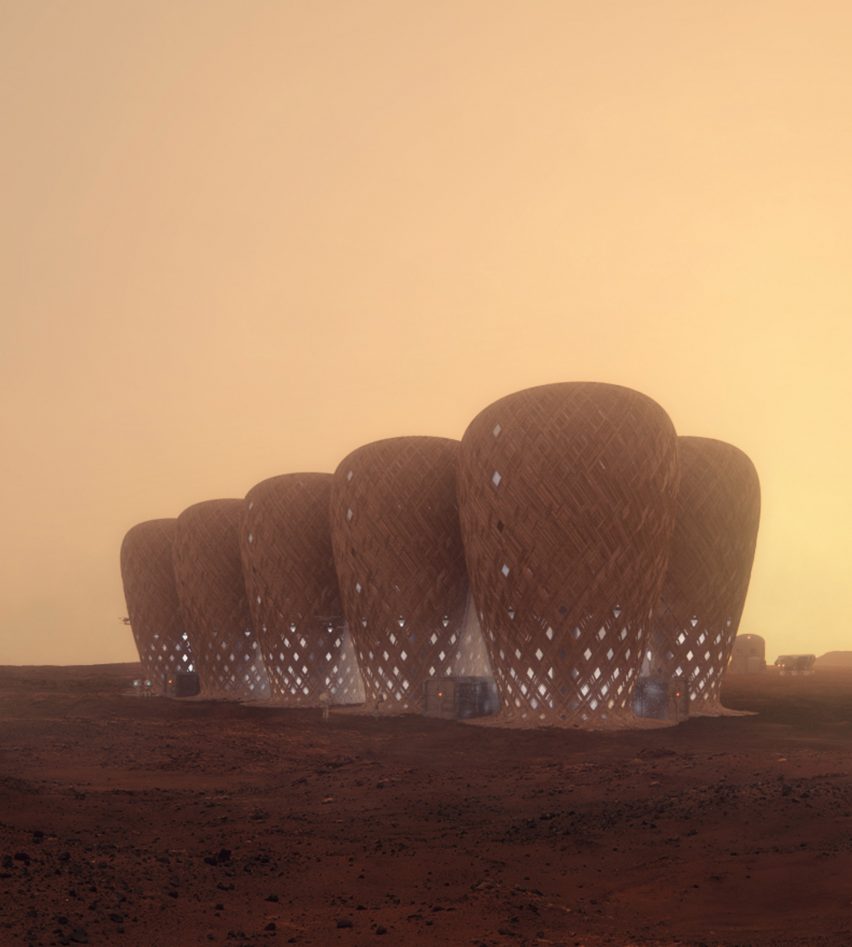
"After doing a lot of research on Mars colonisation, we realised that half of the ideas would go about deploying fully synthetic materials made on earth to build shelters, while the other half is about using the locally available regolith," Zaki and Amzar told Dezeen.
"We tried to find something in between, a balance of natural material from earth and advanced technology."
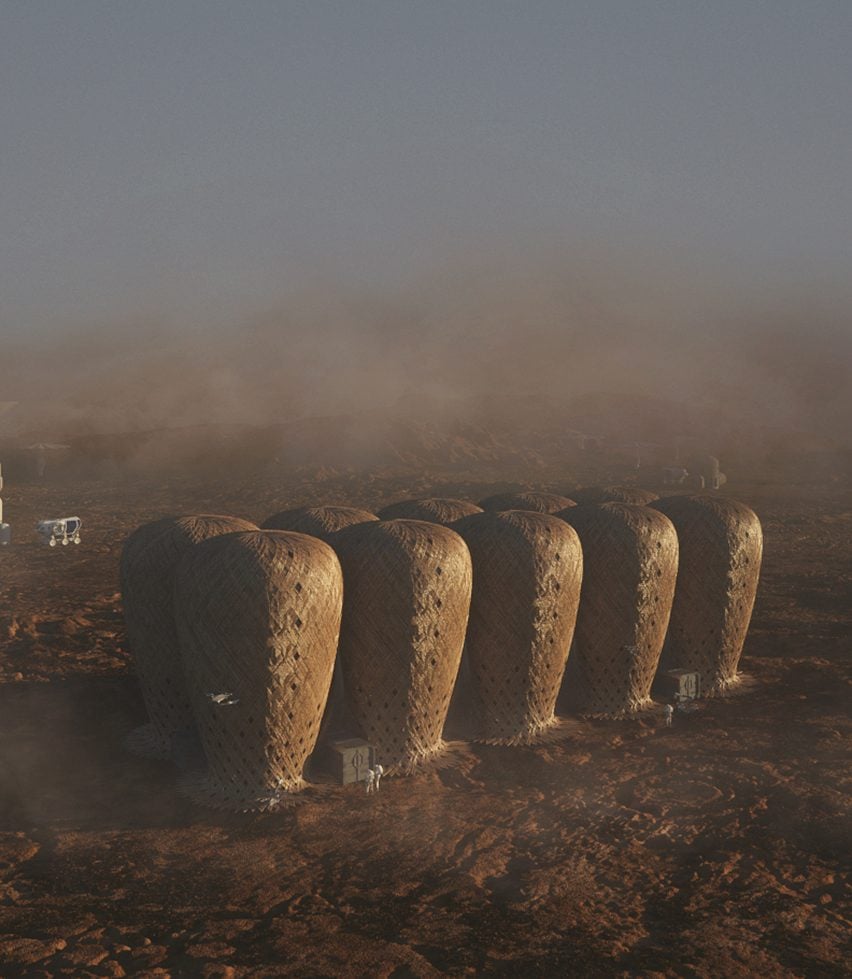
To create the buildings, Zaki and Amzar envision farming bamboo on Mars and using the material the build the structures.
"Human civilisation has yet to build anything on any other planet outside of Earth. That fact alone opens up infinite possibilities of what could or should be used," explained the designers.
"Sure, 3D printing seems to be a viable proposition, but with thousands of years worth of experience and techniques in shelter construction, why shouldn’t we tap on other alternatives too?"
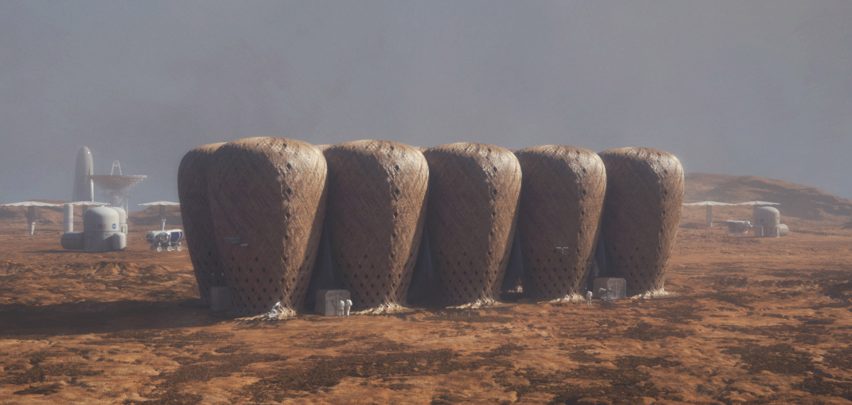
Each modular pod in the colony would be built over a period of six years, with explorers landing and locating underground frozen ice to use as a source of water in the first stage of the development.
After water is located, a self-deploying ETFE habitat containing bamboo shoots would be sent to the planet. A drill would break into the underground ice to supply water to the bamboo, which would be grown within the ETFE structure.
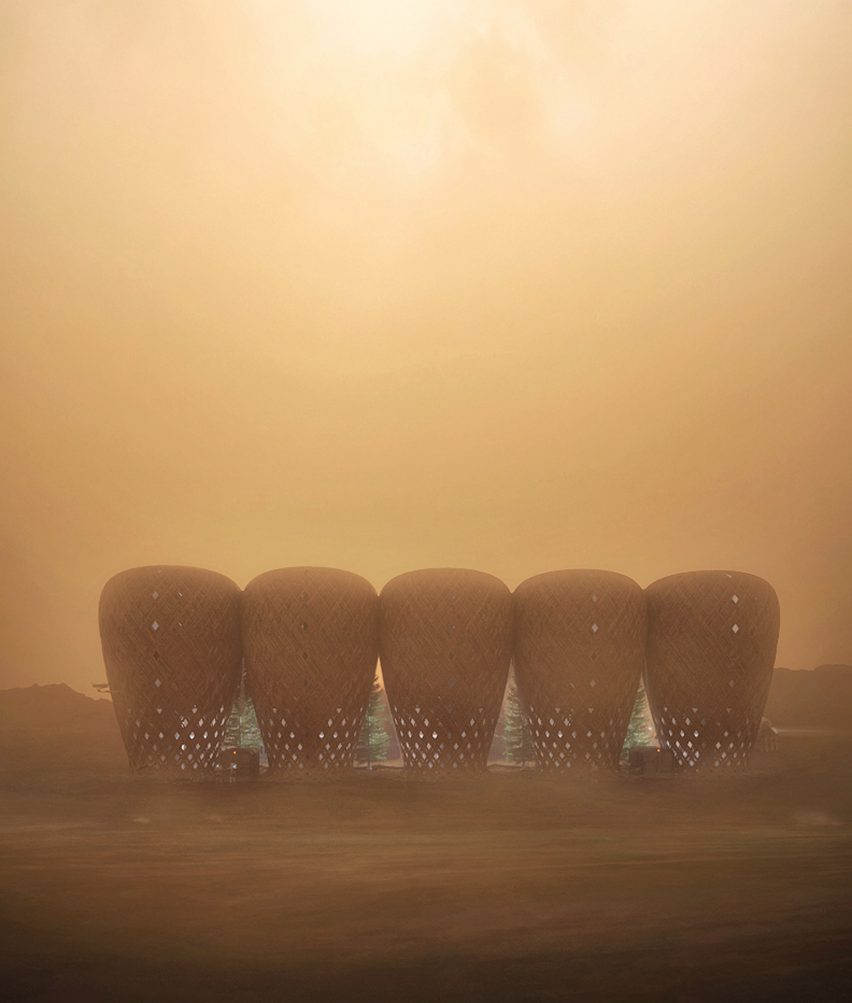
When the bamboo is fully grown, after around three years, it would be removed from the growth chamber, cut, and weaved around the ETFE structure by robots.
Finally. the bamboo would be pumped with water, which would freeze within the Martian climate to provide another layer of protection for the colony.
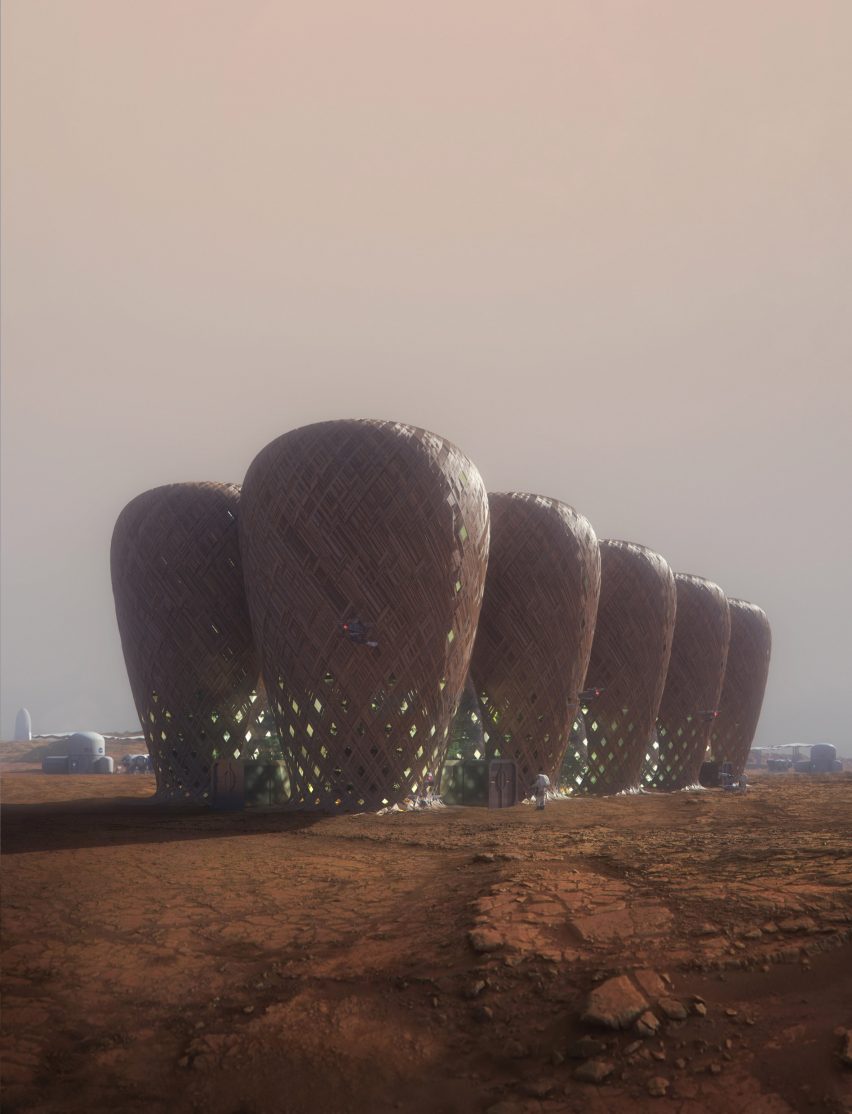
Zaki and Amzar chose to use bamboo as it would quickly increase in mass while on Mars, dramatically reducing the need to send large volumes into space. The fast growing plant also has a long history of being used as a building material.
"Humans have mastered techniques in building shelter with bamboo or wood for thousands of years," the designers said. "Bamboo alone might not work in the extreme climate condition on Mars, but with a combination of technology and other materials there would be possibilities."
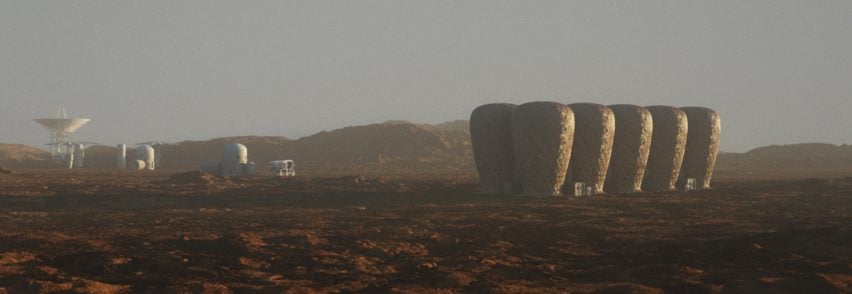
Although Seed of Life is only a proposal, the designers hope that it will encourage others to consider using alternative construction materials and techniques for the colonisation of space.
"It's meant to be thought-provoking, to carry discussions towards other unthinkable materials and ways in colonising the red planet," explained Zaki and Amzar. "Although one could not help to believe that there is a certain degree of practicality to it."
Numerous architects and designers are considering how best to build on Mars. NASA is arranging a competition to design a 3D-printed habitat, while Italian architect Stefano Boeri has imagined a series of dome-covered "vertical forests".